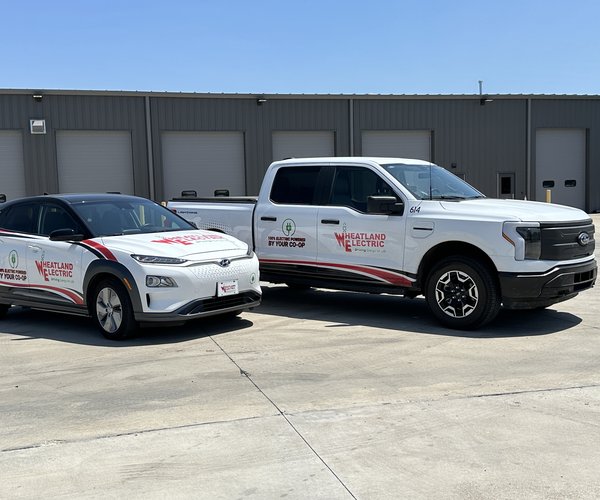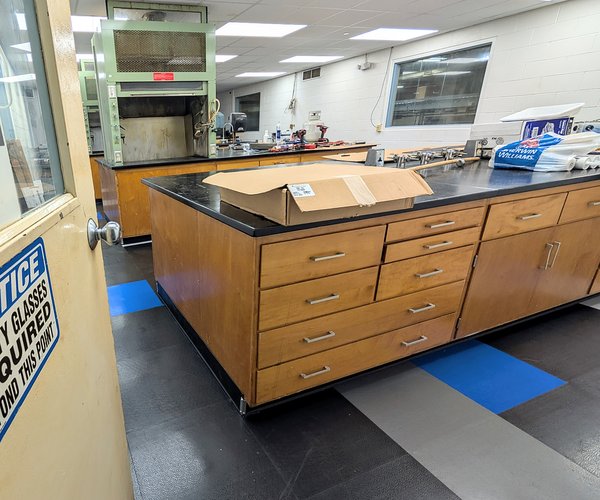As of Tuesday, Sept. 2, the drought monitor report indicates little change except the little bit of moderate drought decreased to under 2%.
Northeast Kansas is the direst part of the state but mostly just moderately dry. The six-to 10-day outlook (Sept. 9-13) indicates near normal for temperatures and a 33-50% chance of leaning above normal for precipitation. The eight to 14-day outlook (Sept. 11-17) indicates a 33-50% chance of leaning above normal for temperatures and a 33-40% chance of leaning above normal for precipitation. Not bad for the start of fall harvest and establishing the 2026 wheat crop.
Today, there is a great deal of economic concern in all sectors of agriculture for a variety of reasons. Over the next few columns, we will discuss the basics of ag econ. And the reason for the challenges producers and other agribusinesses face.
Overall, ag producers deal with what is termed “perfect competition”, at least from their side. What is perfect competition? It has four basic principles we will cover today.
• Numerous buyers and sellers is the first pillar. This matters for one basic reason. With numerous buyers and sellers no one individual or group of individuals can influence the price. Producers are termed “price takers.” This means they can choose to sell or not to sell but they can’t determine the price of their commodities. There are tools such as forward contracting, hedging, etc. but they can’t tell the buyer the price they will purchase it at. Numerous sellers means that buyers aren’t held hostage on what they can pay, and numerous buyers means the same for sellers. Later we will see this is a problem area for producers.
• They essentially create homogenous products. With a few exceptions, it means corn is corn, wheat is wheat, and so on. When you are taking say corn to the elevator, they don’t segregate producer A’s corn from producer B’s corn. It’s corn. Again, there are some exceptions. The plus side of this is that money isn’t wasted for a producer to spend money on advertising.
• Freedom of entry and exit. This is mostly true and simply means a producer can get into and out of a crop without barriers. If corn prices go up, they can produce more corn and vice versa. The snag here is twofold. There may be licenses and other barriers to deal with. And the largest barrier here is money, the expenses of production and the cost of money.
• Perfect information. Simply put, there is no reason to hide information. Everyone has access to pertinent information. They may choose to ignore it but it’s out there. Think about all the information shared with producers through the Extension Service, various agricultural industries, and producer groups. This is much different than many industries.
Next week, profits and problems with these assumptions.
Dr. Victor L. Martin is the agriculture instructor/coordinator for Barton Community College. He can be reached at 620-792-9207, ext. 207, or martinv@bartonccc.edu.





